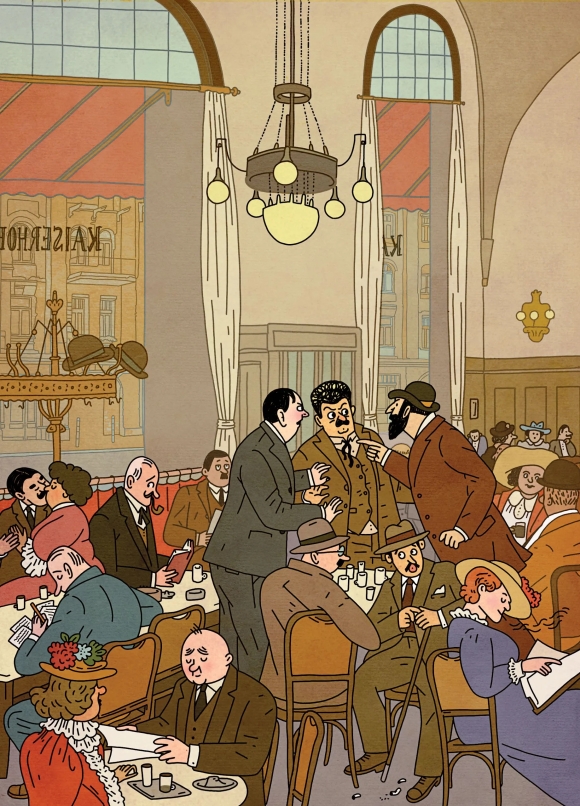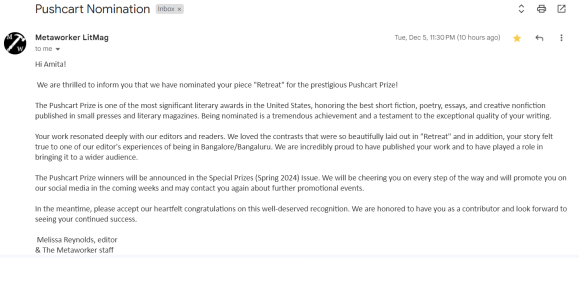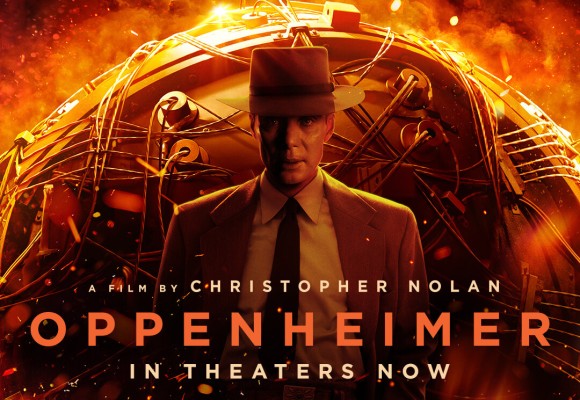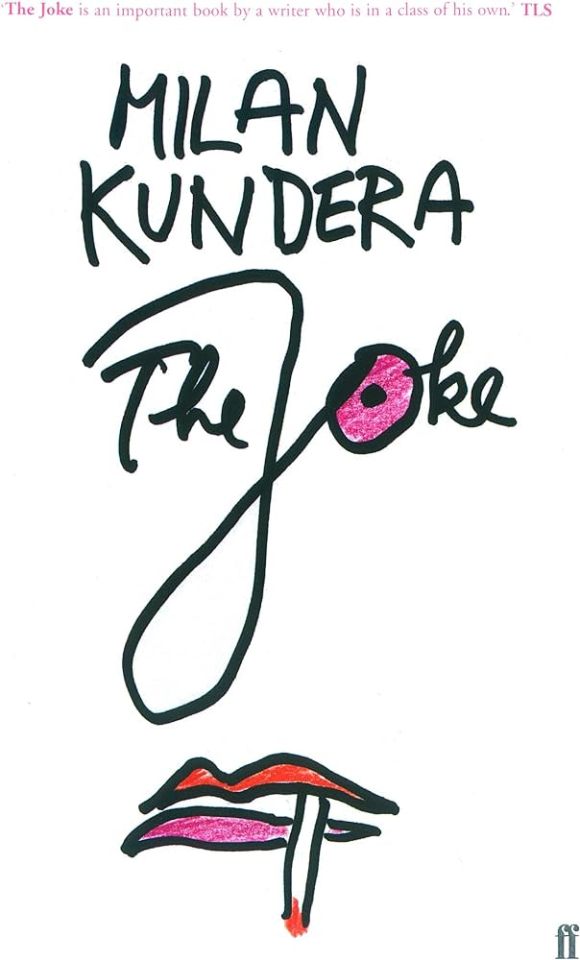I watched the first Avatar in the theater, one of very few films I’ve ever watched in the theatre. I thoroughly enjoyed the environmental messaging, immersive visuals, and straightforward stock-character good-versus-evil storyline. I wept when Home Tree fell – wept quite freely, given the cover of the auditorium – and I cheered when the colonel died. It’s a good thing I didn’t find out about the sequel until just before I watched it – I watched the first Tintin movie in theaters eleven years ago, and I’m still waiting for that sequel. Also, I had imaged that the first movie had solved the problem: evil guy dead, human invaders sent packing, and Pandora saved.
I missed the first 35 minutes of Way of Water because my brother overslept. I was going to be angry with him, but then the film was so long that I was kind of relieved to be spared 35 minutes of sitting. The film is so long, and in most places so slow, that you have plenty of time to catch up on anything you missed.
Everything you loved about the first movie is back: evil industrial-army complex; noble heroes willing to – but never required to – sacrifice their lives; scientists working for profit-making enterprises, but with their heart in the right place, just waiting for someone else to kill The Man before cheering at his funeral.
The visuals are even better than before. The Na’vi seem to have many layers of skin, with the phosphorescent dots buried just under the surface. Glancing back at visuals from the first film, they look flat and outdated. There’s a new plethora of magnificent creatures to enjoy, with the giant Tulkun clearly modelled on whales (the characters even call them cetaceans). The environmental messaging continues to be strong. I particularly appreciated the condemnation of sharkfin soup: kill a huge, intelligent animal, harvest a tiny part, and send the rest back to rot at the bottom of the sea.
(It’s interesting, and surely not accidental, that the substance being harvested is meant to offer humans immortality. It’s just like our human stupidity to crave immortality more than ever at a time when the only home we have is already massively overpopulated and is dying.)
The Way of Water suffers from the problem of unkillable characters: one of the problems that ruined the Marvel franchise. Conflict is what makes a story: the character wants something so badly that he’s willing to die for it. The possibility of death is what creates emotional stakes for the viewer: the character dies, we cry or we cheer. But then if the sequel brings him back to life, then our emotion seems misplaced, and the device that aroused it suspect. Without spoiling anything, I’ll just say that the colonel’s resurrection at the beginning of the film is not the only instance of an unkillable character.
Jake Sully has a family now. It turns out he’s not the only human who has been procreating on Pandora. The Pandorans seem to accept these naturalised humans or “halfbreeds” without question. There is a long, incoherent, inconsistent, and ultimately irrelevant storyline involving the Colonel and his “secret” son. I hate Papa / I hate Papa not. The poor kid can’t decide. The film introduces the Don’t-Kill moral code, initially specific to the Tulkun, but this code appears to apply randomly to other characters too. The implications of this code render the whole film vain – and, worse, the first film, too. In fact, Jake himself reaches an epiphany at the end of The Way of Water that is the simple opposite of the epiphany he reaches early in the film. He himself seems to realise that the last two three hours were a sometimes jolly, always beautiful, but withal unnecessary ramble.
The Way of Water changes the location from the tropical rainforests to the coasts and the shallow seas. There are long segments of characters learning to hold their breath underwater, exploring the reefs, and generally enjoying marine spectacles. While spectacular and lovingly rendered, these sequences didn’t contribute to the storyline. “Sullys get comfy in water” is the takeaway of what felt like thirty minutes of pretty sequences.
The last 40 minutes or so are a bizarre recreation of the underwater sequences from The Titanic. The parallels are unnervingly close. A giant vessel has sunk, trapping most of the characters underwater. Existing human(oid) conflicts continue to be played out underwater. To survive, they must find superhuman resources in some way, chief among them the powers of teamwork and faith in the supernatural.
As I did thirteen years ago, I still wept when the beautiful creatures or landscapes were damaged. But this time the action involving the human(oid) characters left me cold. Way of Water is overstuffed with underdeveloped characters who serve maybe one slight function or no function at all. (Test: one of these underdeveloped characters dies, and stays dead. The only effect this has on the film is to provide an emotional impetus for a mass attack.) Where the first film had an enjoyable if hackneyed dynamic between Neytiri and Jake, here Jake has become the typical patriarch: sternly channelling Walter White’s formula “…for my family.” Meanwhile Neytiri does little more than pout and give in, and shoot arrows from behind columnlike structures. I was looking forward to Kate Winslet, but she was underutilised. The dialogue is at best serviceable and very often ridiculous. The film’s ending justified my emotional indifference to the ‘human; drama: not only does the ending not provide resolution for this film, it undermines the resolution of the original Avatar.
“Humans = bad, greed = bad, and living with nature = good.” I guess that’s a message we can all stand to be reminded of., but I do wish the packaging were more artful.
Way of Water looks gorgeous, but it’s little more than a rehash of the first film, with better visuals and less resolution and far less urgency. Way of Water steers the Avatar franchise firmly into Marvel territory: technically marvelous and substantively superfluous.
END
PORTFOLIO of published and upcoming works









